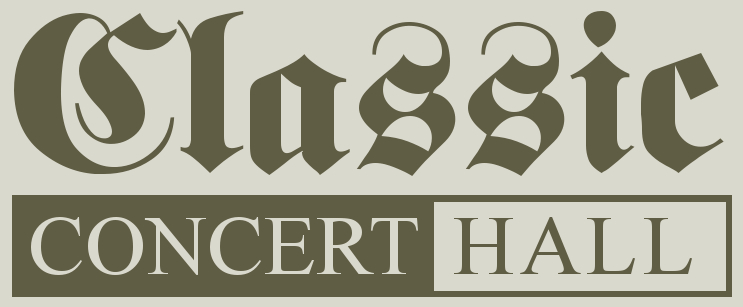|
Comments (17)
Comment on this music
Login/Register to post a comment.
|
Praeludium Es-Dur
Uploaded by: hauptwerker
Composer: Leyding, Georg Dietrich (1664-1710) Organ: Rosales, opus 11, Portland, Oregon Software: Hauptwerk IV Views: 280
Petite Fugue sur le Cromorne
Uploaded by: mweyand
Composer: Couperin, François Organ: 1761/2005 J. A. Silbermann-Metzler, Arlesheim, Switzerland Software: Hauptwerk IV Views: 421
Nun jauchzet, all ihr Frommen
Uploaded by: EdoL
Composer: Crüger, Johann Organ: 1761/2005 J. A. Silbermann-Metzler, Arlesheim, Switzerland Software: Hauptwerk IV Views: 187
|
Uploaded by:
|
EdoL (07/28/15)

|
|
Composer:
|
Buxtehude, Dieterich 
|
|
Sample Producer:
|
OrganArt Media 
|
|
Sample Set:
|
1761/2005 J. A. Silbermann-Metzler, Arlesheim, Switzerland

|
| Software: | Hauptwerk IV |
| Genre: | Baroque |
| Description: | This work consists of four parts, three of which are fugues.
The free sections of BuxWV 142 are modest in comparison with its fugues, exploring only two of the many stylistic possibilities encountered in the other praeludia.
The opening section offers an example of figural decoration of a basically homophonic texture. As in virtually all of Buxtehude’s praeludia, it begins with an opening flourish before settling on the tonic chord.
The first fugue is a joyous piece, but Buxtehude shows himself at the height of his contrapuntal powers in the masterful second fugue of BuxWV 142. The countersubject in its first two expositions is a retrograde of the subject at the lower fifth, with the chromatic scale changed to a diatonic one.
A new countersubject in eighth notes appears with the third exposition, operating against the subject in both its direct form and in inversion. A stretto beginning at m. 75 alternates entrances of the subject with its inversion.
The third fugue, in contrast, is as contrapuntally lax as the second was strict, dissolving into concertato texture after two expositions. The shift in texture emphasizes the powerful dance rhythm of this final section.
(Various sources) |
| Performance: | Live |
| Recorded in: | Stereo |
| Playlists: |
|
|
Options:
|
 Sign up today to download piece. Sign up today to download piece.
 Login or Register to Subscribe Login or Register to Subscribe
 See what EdoL used to make this recording See what EdoL used to make this recording
|
|
|



